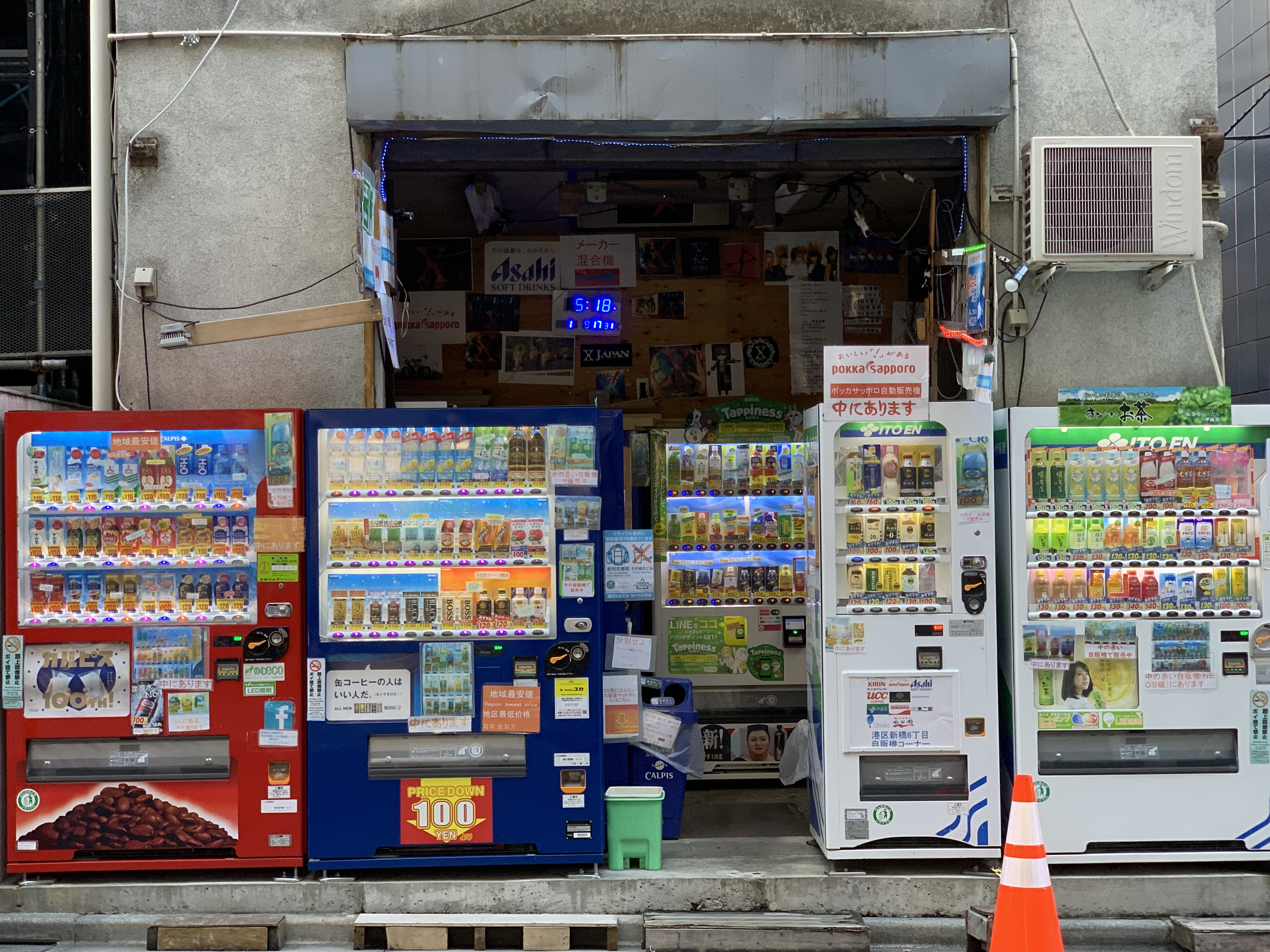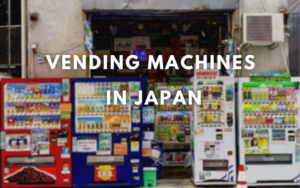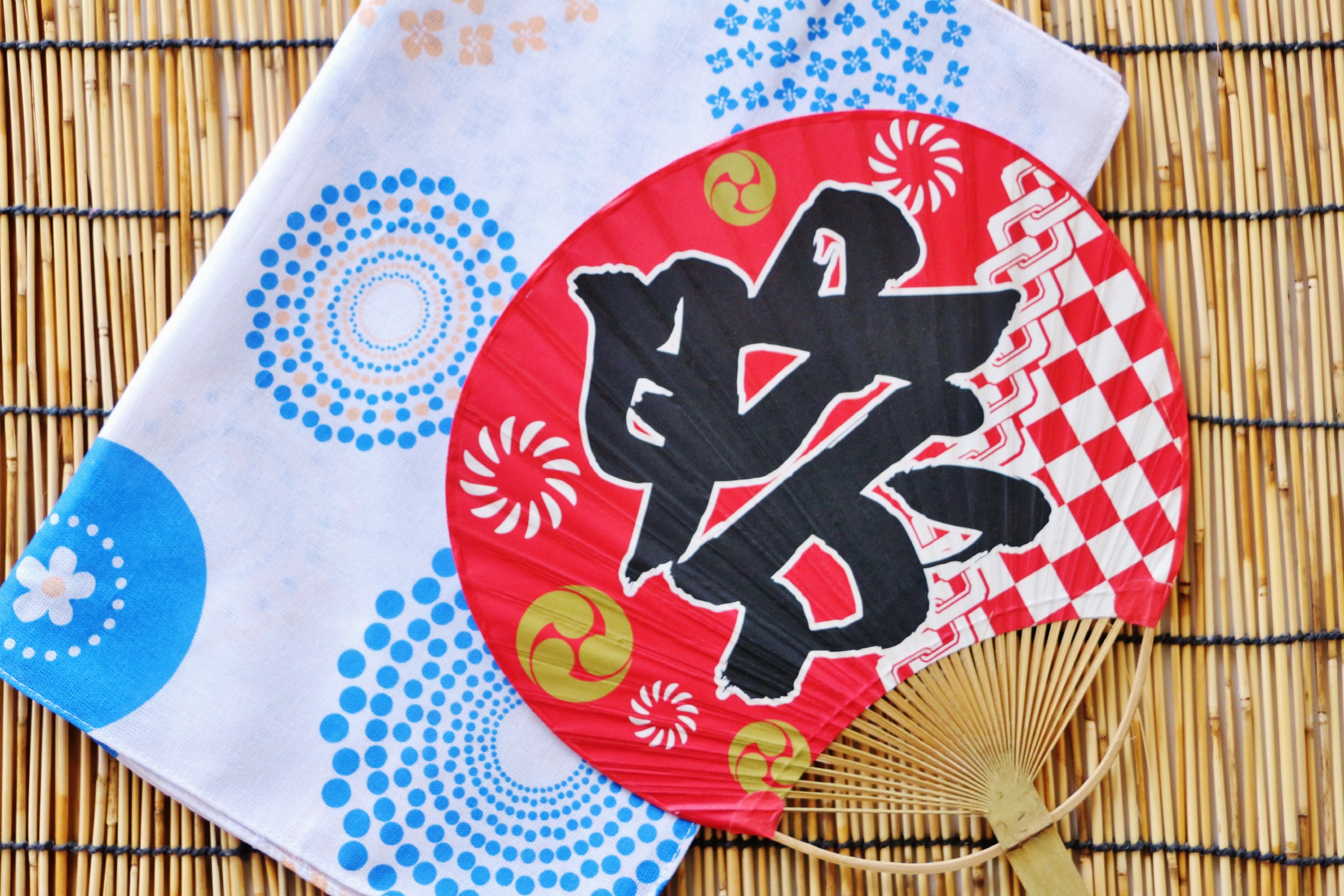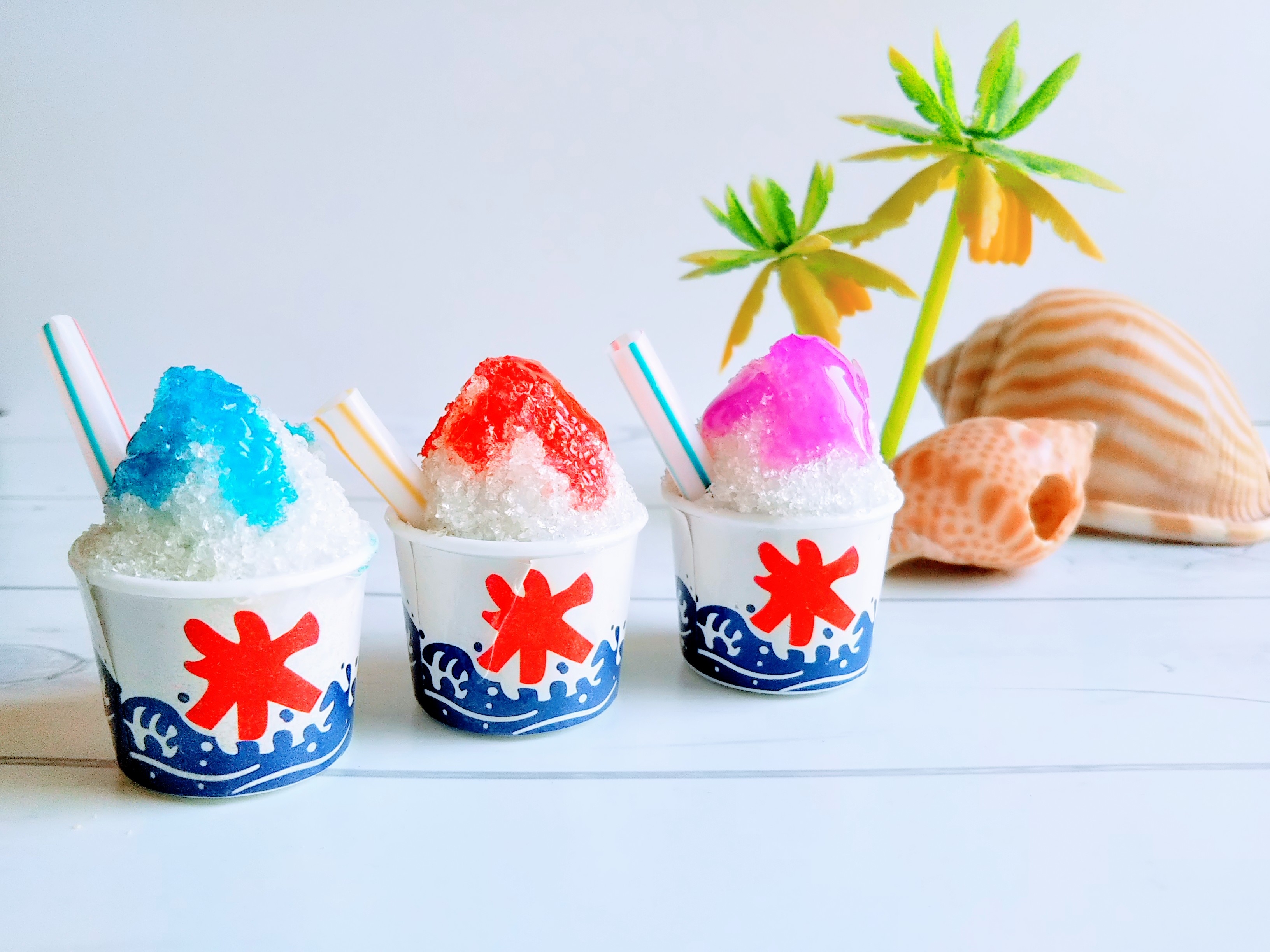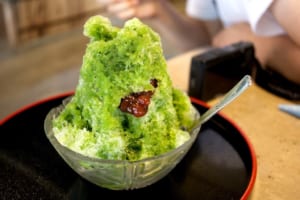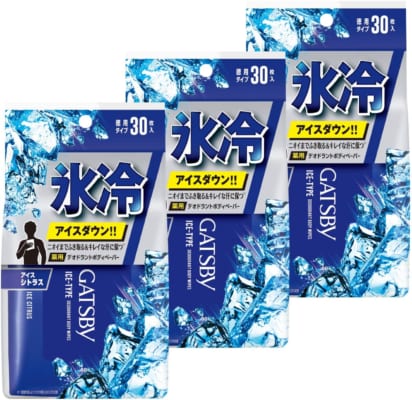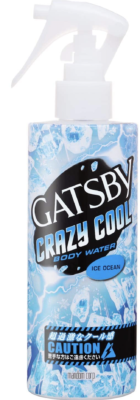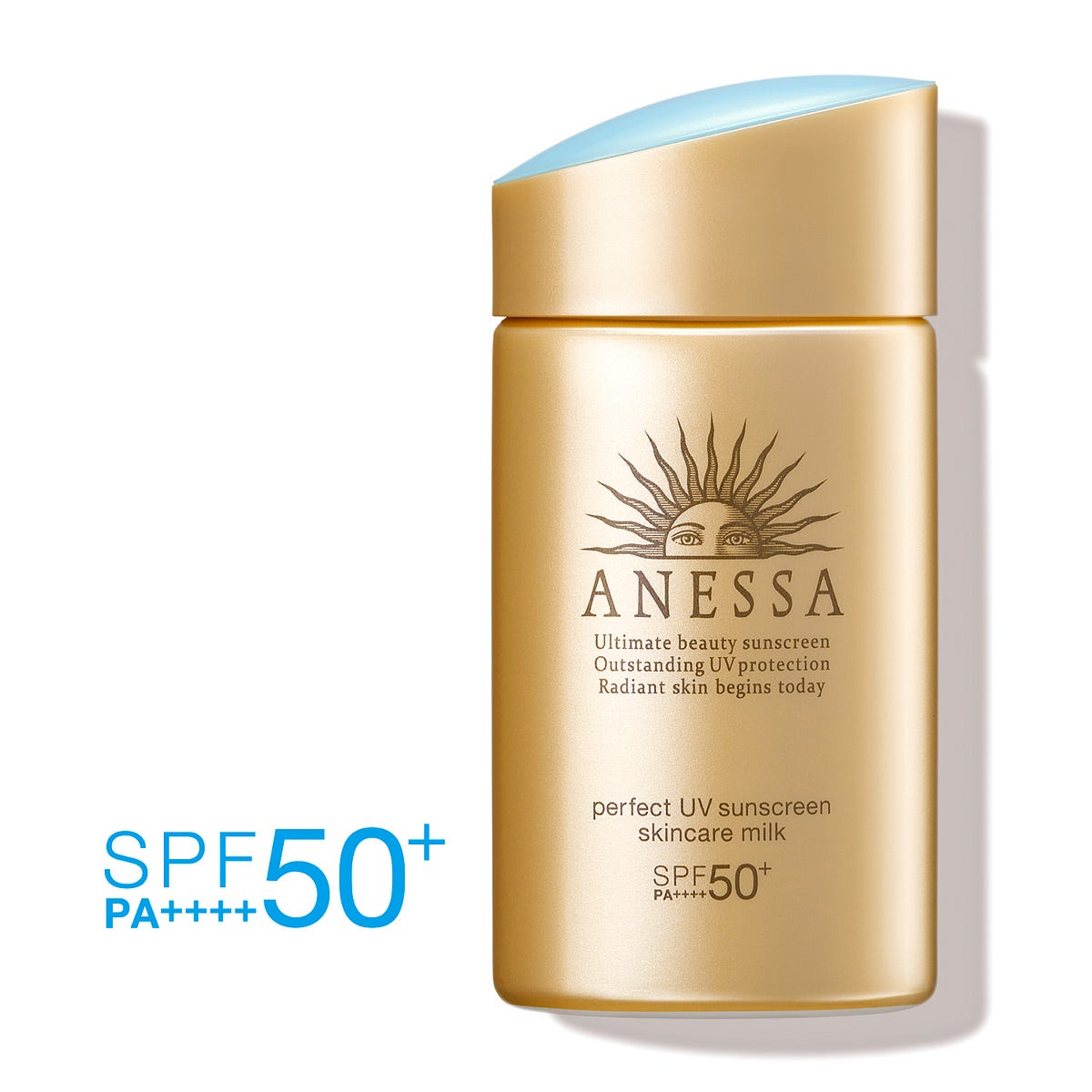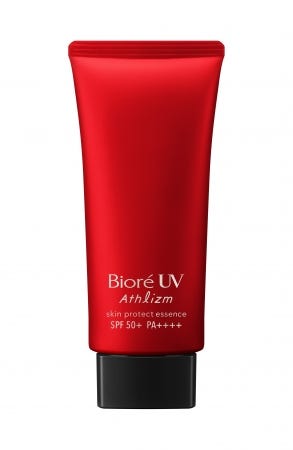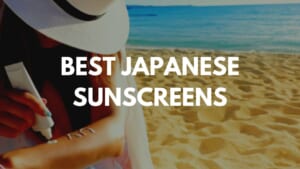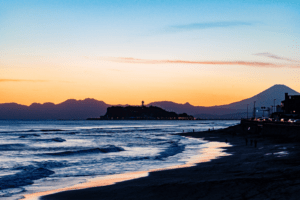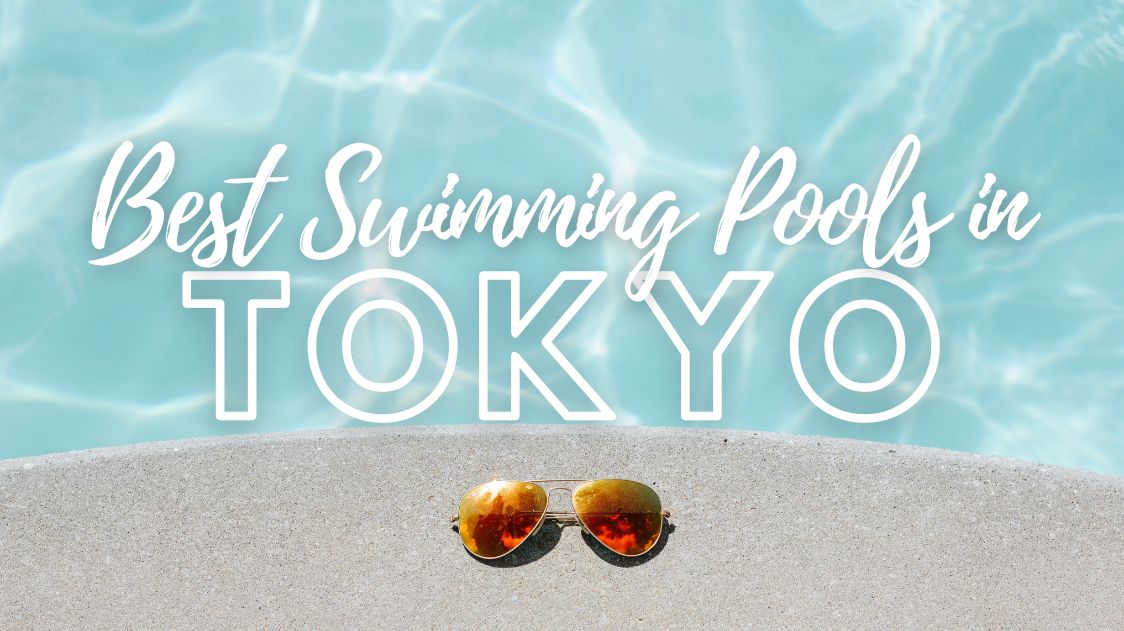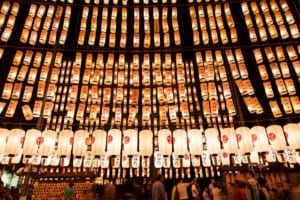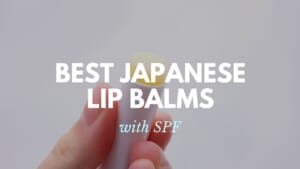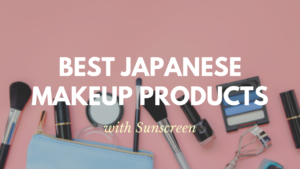6 Tips to Survive the Japanese Summer
Beat the Japanese heat following these easy tips!
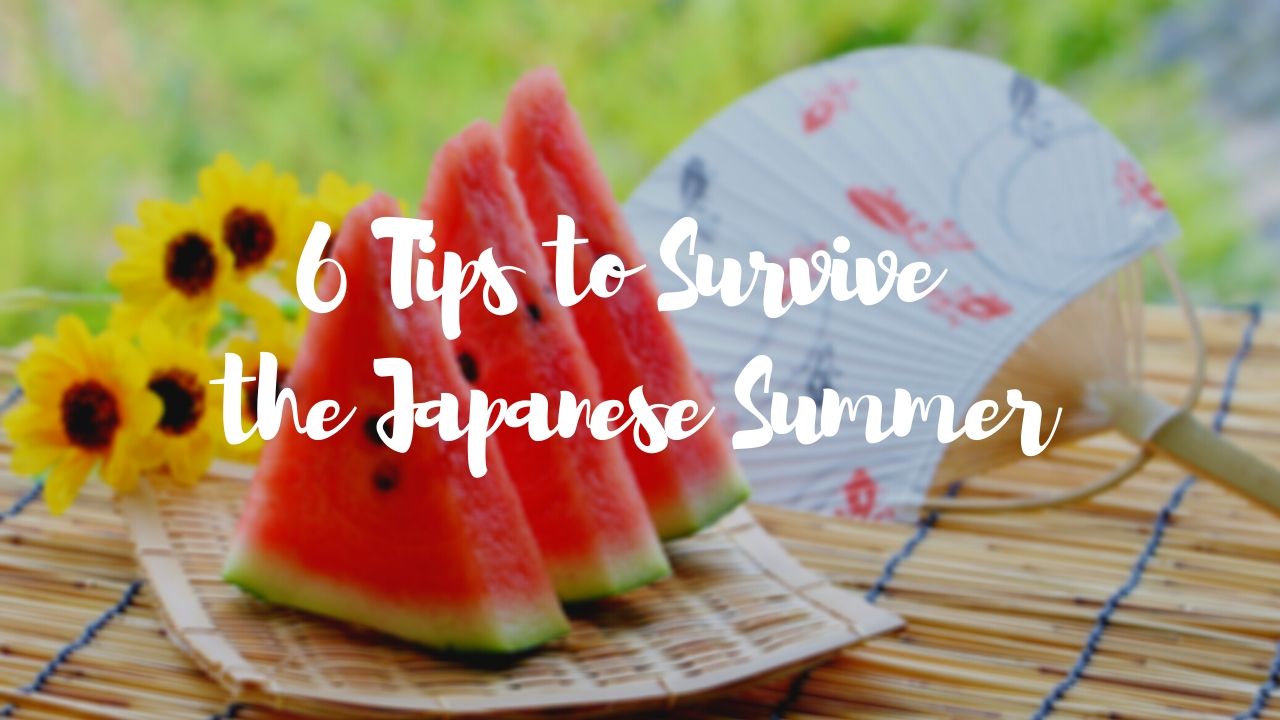
As every year, summer has finally arrived in the land of the rising sun. Although the Japanese summer has many good things, such as festivals, fireworks, etc. anyone who has been in Japan for this season can tell you that the Japanese summer is very harsh, with temperatures that can rise and exceed 30ºC of heat and suffocating humidity. Every year several cases of heat stroke are reported, which can be very dangerous. So if you are currently living in Japan or you have to come on a trip, today I want to give you 6 ideas to survive the Japanese summer so that you can enjoy it to the fullest!
Probably many of you come from hot countries and think that heat isn’t a problem. However the Japanese summer has a big problem: humidity. Japan is an island, and that makes it to be an extremely humid country in the summer. More than high temperatures, the most difficult thing to stand is moisture sticking to your skin. I myself come from a country where it’s sunny most of the time and summers in some cities reach record temperatures. So many of my friends and family say “Here is more hot” when I tell them about the Japanese summers, but after experiencing it, they admit that it’s much worse in Japan. Basically, you can be in a shaded area and yet the hot air and humidity is stifling.
But don’t just trust yourself because you come from a hot country and if you are going to travel to Japan in summer, you better be prepared.
*Please note that this article contains affiliate links.
Buy one of the famous tenugui towel

When you travel to Japan in summer, you will see that in many stores, both souvenirs shops and various utensils places, they sell characteristic and peculiar small towels with different patterns. They’re the tenugui towels (手拭い), made of cotton.
I remember that on my first trip I was quite surprised. Why were there so many places with those little towels and why so many prints? After two days in Japan I understood: towels serve to wipe away sweat. As we mentioned before, it’s an extremely humid country, to the extent that you get out of a cold shower and before you’ve even reached your room, you’re sweating again. No one likes to go to places sweaty, so the Japanese have ended up taking the habit of always carrying a small towel with them to dry their sweat.
Although the typical ones are the tenugui, made of cotton, it’s also common to see a different ones made of towel fabric. In fact, in the day to day I have seen Japanese people using more this type of towels than the tenugui. In both cases you can find them in two sizes: some smaller and squared, which are usually carried by women in the hand or in the bag and others more elongated, which many men carry around their necks.
As we say there is a wide variety of prints: with anime or video game motifs, traditional Japanese themed, etc. and it can be a perfect souvenir for yourself from your trip to Japan!
▶ Shop now your tenugui towel here!
Buy cold drinks from vending machines
One of the most essential things we are always told, especially in summer, is the importance of staying hydrated. It’s basic, but the more we sweat, the more fluids we lose and need to be replenished. Not only for those who exercise. And in Japan this is very easy.
Drink vending machines are one of the most famous things in Japan. Not because they have something special (in all countries there are vending machines) but because they are everywhere, and rarely there is only one. You can find them even on the top of a mountain (really!). Also, the variety of drinks is highly noticeable as well.
These machines are convenient for us both in summer and winter. In winter they supply hot drinks, and in summer cold drinks. Trying out the different drinks with different and original flavors, such as the famous grape and melon fantasies, is a good and cheap way to cool off while visiting the country. Be careful! Hot drinks are those that have the name on a red label, while those that have it on a blue label are cold (I don’t think you want to get a hot drink in summer).
Get an Uchiwa or a portable electric fan to beat the heat
Uchiwa (団扇) means fan in Japanese. However, it’s different from those we know in the West. An uchiwa is a rounded and flat fan, which in the west is commonly known as pai-pai (although you have to be careful with this because in Japanese pai-pai means female breast or boobs)
As with the fan in many other countries, uchiwa is a very popular supplement in the hot summer of Japan. Traditionally it’s made of paper with a handle, but nowadays it’s very common to see them made of plastic and paper. Just as in winter many companies or department stores distribute handkerchiefs with advertising, in summer they change if for uchiwas with the emblem of the brand or some promotional message. They are for free so just grab one if you have the chance!
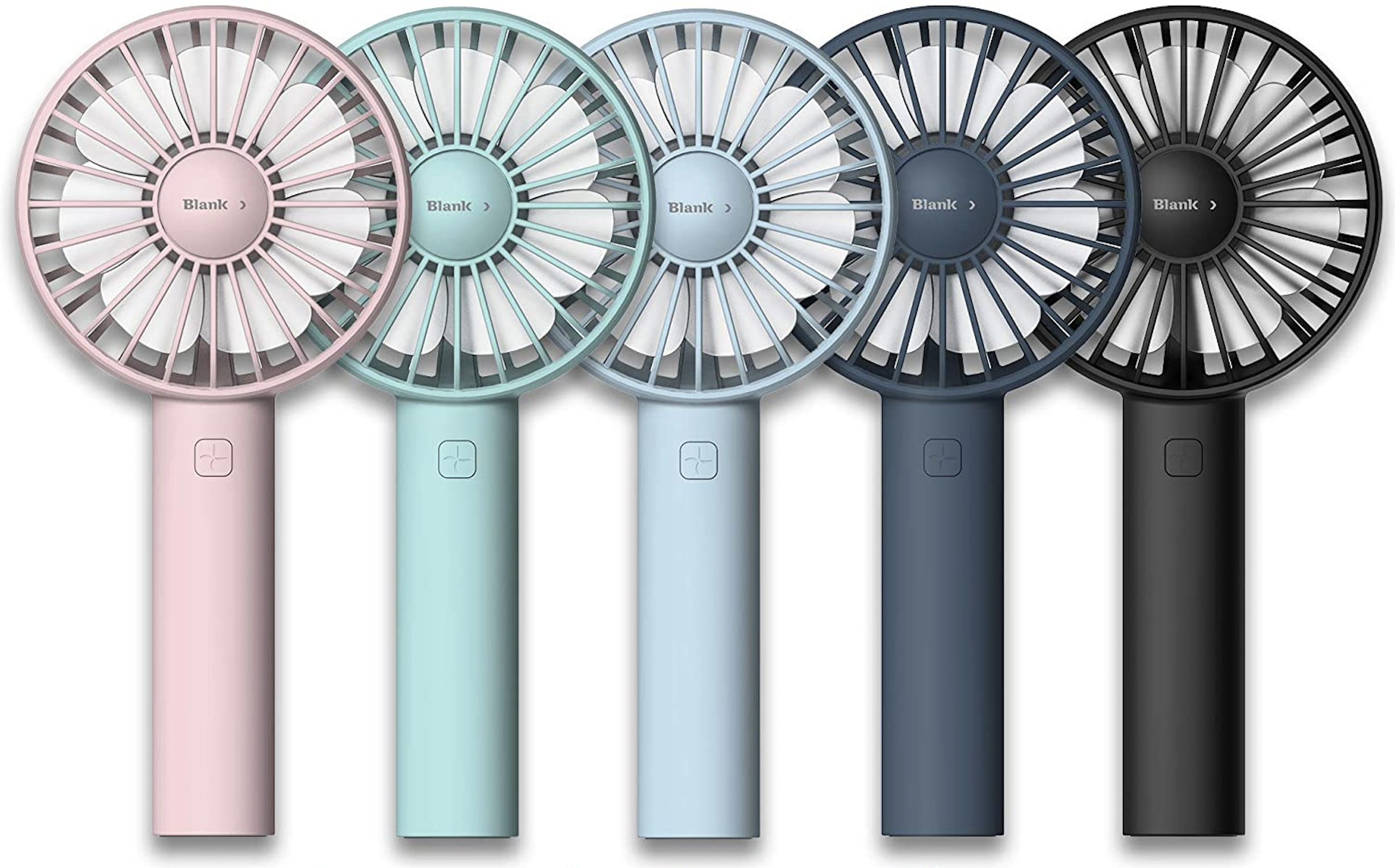
Recently there is a new trend in Japan – portable mini fans. Uchiwa are useful, but they have the disadvantage that you have to carry them in your hand all the time and they are quite large. These small portable fans can be kept in the bag or carried around the neck, depending on the model. In addition they are electric, so you don’t have to do anything, just push the button and enjoy the refreshing feeling. Lately they can be found both in electronics departments and in any shopping street, of different designs and prices, and have become one of the most purchased souvenirs by tourists.
▶ Get your portable here and beat the summer!
▶ Get your portable here and beat the summer! (Neck hanging version)
Eat kakigori and zaru soba
Kakigori (かき氷), known in the west as “Japanese ice cream”, consists of shaved or crushed ice with syrup. The syrup can be of different flavors like strawberry, lemon or melon or other more Japanese like green tea or red bean. Sometimes it’s sweetened with condensed milk on top of ice cream, and is the star food of summer in Japan and matsuris (festivals). They are very refreshing, but you have to be careful because being ice if we eat it very quickly can cause a headache.
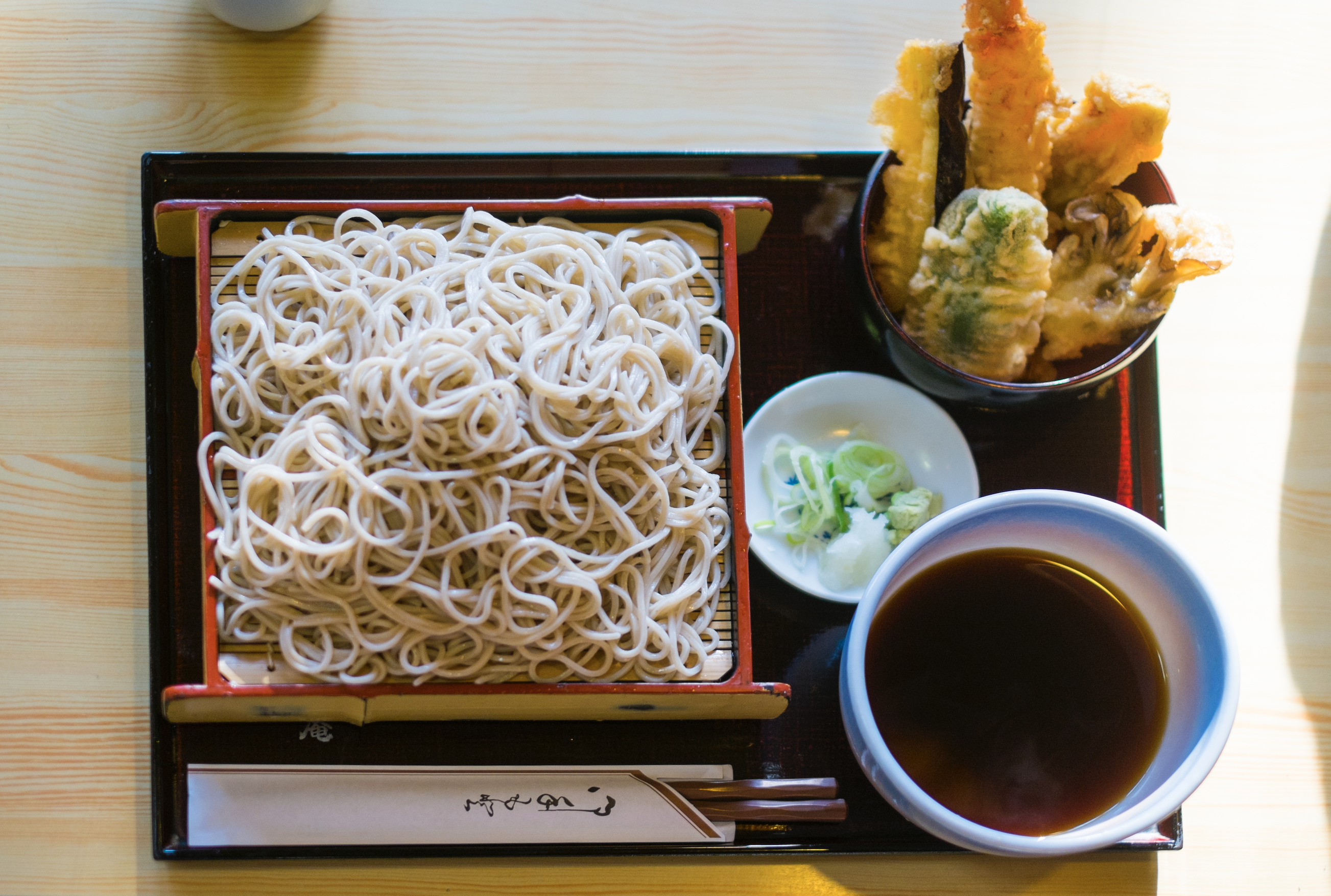
Another of the most popular dishes among the Japanese to beat the summer heat is cold soba or zaru soba (ざるそば). For those who don’t know this dish, they are basically noodles made from buckwheat flour and can be eaten cold in summer or hot in winter, like ramen. I personally like them colder because in winter I prefer ramen, which has more flavor. They are usually accompanied with some tempura (another option would be cold udon).
Refresh yourself using refreshing sprays or wipes
If in winter we have kairo (カイロ) or heat patches, in summer we couldn’t miss wipes or refreshing products. The most common are sprays to apply to the skin or refreshing wet wipes. In addition to clean up a little and wipe off sweat, these wipes generate a great feeling of freshness after use (they usually have things like mint or lemon, which further enhance that feeling of freshness). They are easily available in any drugstore, convenience stores or supermarket, and they sell from large to small packages, designed to be easily carried in your bag or backpack. One of the best known and easy to find are the “Ice Type” products from the Gatsby brand.
Buy it Now ▶ Gatsby Ice-Type Deodorant Body Wipes
Buy it Now ▶ Gatsby Ice-Type Wear Deodorant Spray
Buy it Now ▶ Gatsby Crazy Cool Body Water
Buy it Now ▶ Gatsby Ice-Type Deodorant Spray
For those who cannot stand the heat very well and need extra help, another option is the hiyaron (ヒヤロン). The hiyaron work in a way quite similar to the kairo that they use in winter, but in reverse. It’s a product that you have to give a strong blow to activate, and once it’s activated the package cools down quickly.
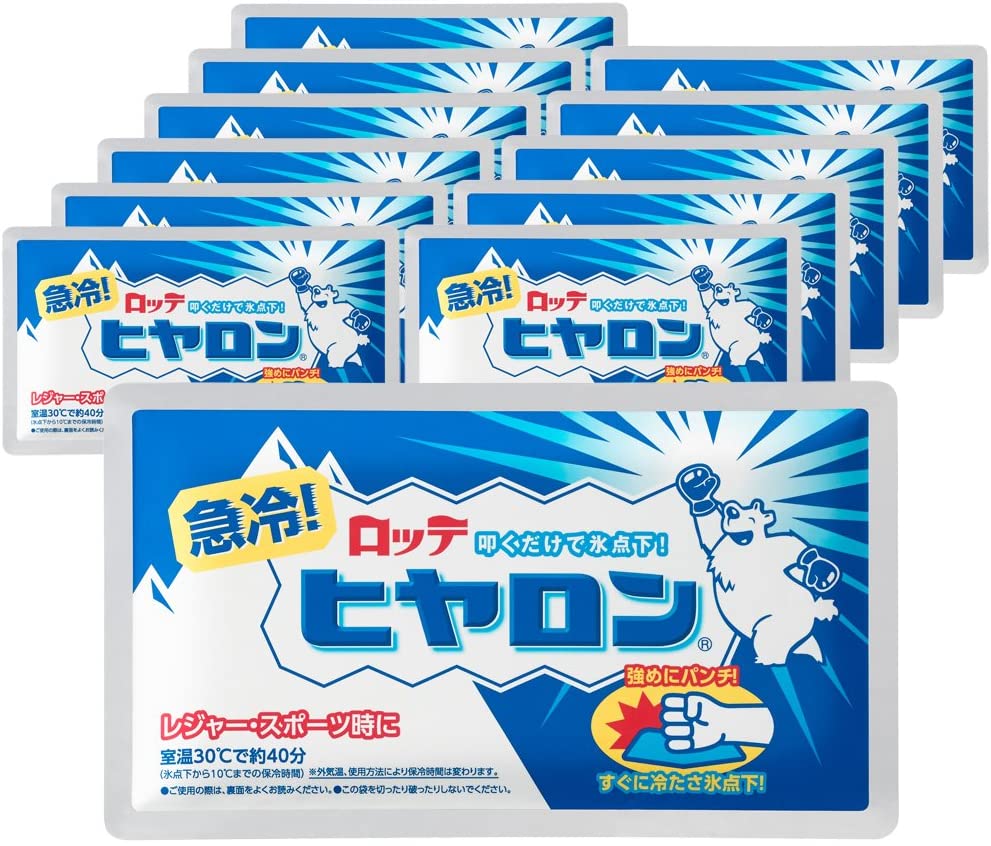
▶ Shop now your hiyaron here and try it!
The Japanese use it to cool delicate areas with these temperatures, such as the nape of the neck or the forehead. It has the advantage that you can buy it at any time and carry it in your bag or backpack, and not activate it until you want to use it. Once activated, it lasts about half an hour.
Sunscreen and aftersun
/Copyright © Kao Corporation.
This is a recommendation especially for tourists, since when you are visiting a city you spend many hours in the sun and sometimes tend to forget this detail. Since we aren’t at the beach or the pool sunbathing, we don’t realize we need sunscreen. But although it may not seem like it because we are walking, the sun also burns in the areas that we don’t have covered.
Japan has some of the most famous and best quality cosmetic brands in the world, and when it comes to sunscreen, since Japanese women don’t want to get a tan, they have some very good and potent options at affordable prices.
▶ Shop now your sunscreen here and protect yourself from the sun!
If you don’t know which sunscreen to buy, this article can help you!
What to do in case of heat stroke?
Even taking precautions, if we are exposed to the sun and heat for a long time as often happens for example when we are sightseeing (because we are trying to make the most of the day), there is a risk of sunstroke or heat stroke.
Read more about heat stroke: Heat Stroke in Japan: How to Prevent and What to Do
The first thing to do is to recognise the symptoms. If you or someone who is with you experience dizziness or fainting, muscle aches or cramps and excessive sweating, you may be suffering from heat stroke. If the symptoms worsen, you may experience headaches, vomiting or even fainting.
One of the first steps is to move the person to a cooler place, such as an air-conditioned room, and provide liquids, preferably if they also contain salts. An effective, homemade solution is water with a tablespoon of salt. If the person has tight clothing such as around the neck, etc. it’s also best to loosen those parts.
If the person doesn’t improve or if you think they need medical assistance, don’t hesitate to call an ambulance or go to a hospital or clinic. If you don’t speak Japanese and are worried about communicating with the medical staff and doctor, there are a few clinics that are English-speaking.
Clinic Nearme Medical
Our affiliated clinic Clinic Nearme Medical is a new service offered by Clinic Nearme, a Japanese company providing medical support services for foreign residents in Japan and one of the best clinics in Tokyo with multilingual service in English and Chinese at their English call center, available from 08:00 to 23:00.
At their clinic in Marunouchi, near to Tokyo Station, Clinic Nearme Medical offer general internal medicine, surgery and dermatology and pediatric services are also available from Monday to Sunday from 9:00 to 21:00. Walk-ins are allowed.
Information
 Access Access |
1 min walk from JR Tokyo Station & Tokyo Metro Marunouchi Line Marunouchi Underground North Exit/ 5 min walk from Tokyo Metro Otemachi Station |
|---|---|
 Address Address |
1 −9−1, Tokyo, Chiyoda City, Marunouchi, 100-0005 B1 JR Tokyo Station |
 Business Hours Business Hours |
09:00-21:00 |
 Telephone Number Telephone Number |
0120-939-421 |
 Language Language |
Japanese, English, Chinese |
 Official Website Official Website |
https://clinicnearme.jp/ |
 Nearest station Nearest station |
JR Tokyo Station |
What do you think of my list? Did you like it?? Despite the heat, the Japanese summer also has many good things, such as festivals or fireworks as I said, so it’s a good time to come on a trip too. But you have to take care of your health and be careful with the heat. By following these tips, I’m sure it will be much easier for you to get through the summer in Japan!
If you need other tips or recommendations for summer in Japan, check out these articles too 😁
▽Related Articles▽
▼Editor’s Picks▼
Written by
From Barcelona to Tokyo. Coffee & Adventure lover🌏☕️
I started to like Japan because of the anime, music and doramas, but after my first trip to the country I found what I love the most: traveling around, the culture and history. I have travelled a lot in Japan, but I still have many places to discover that I want to share with you🙋🏼♀️ Let’s discover Japan together!
Also, as a foreigner living in Japan for over 6 years I understand what kind of things are difficult when you move here and I want to help other people in the same situation that I have in the past.





